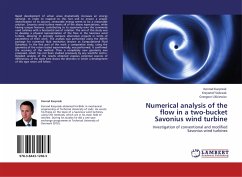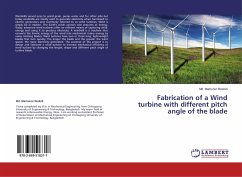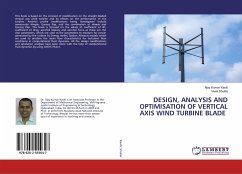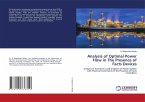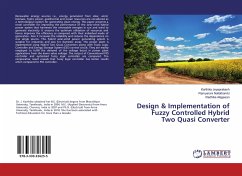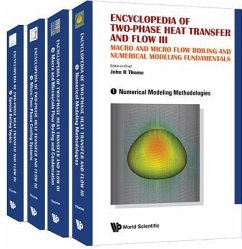Rapid development of urban areas dramatically increases an energy demand. In order to respond to this fact and to ensure a proper diversification of its sources, renewable energy seems to be a reasonable solution. Savonius wind turbine meets all of the above expectations, while having unique features, contributing to its superiority over the commonly used turbines with a horizontal axis of rotation. The aim of this study was to develop a physical representation of the flow in the Savonius wind turbine, allowing to precisely compare alternative projects in terms of parameters of their work. The analysis was performed using the ANSYS package for numerical fluid mechanics (known as Computational Fluid Dynamics). In the first part of the work a comparative study, using the geometry of the rotors tested experimentally, was performed. It confirmed the accuracy of the method. Then a completely new geometry was proposed, which has not been studied previously by any scientific centre. Detailed analysis of the results obtained exposes potential sources of differences, at the same time shows the direction in which a development of this type rotors will follow.
Bitte wählen Sie Ihr Anliegen aus.
Rechnungen
Retourenschein anfordern
Bestellstatus
Storno

